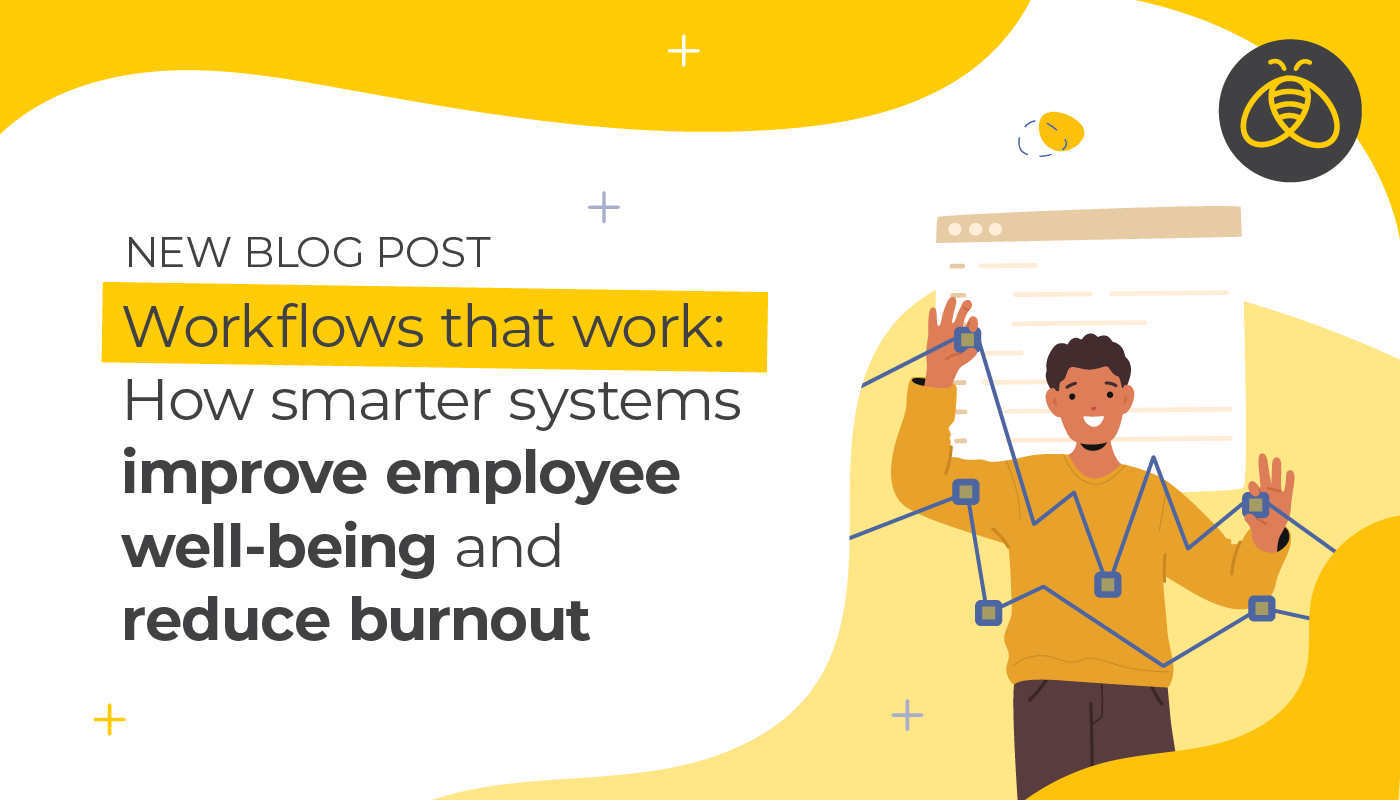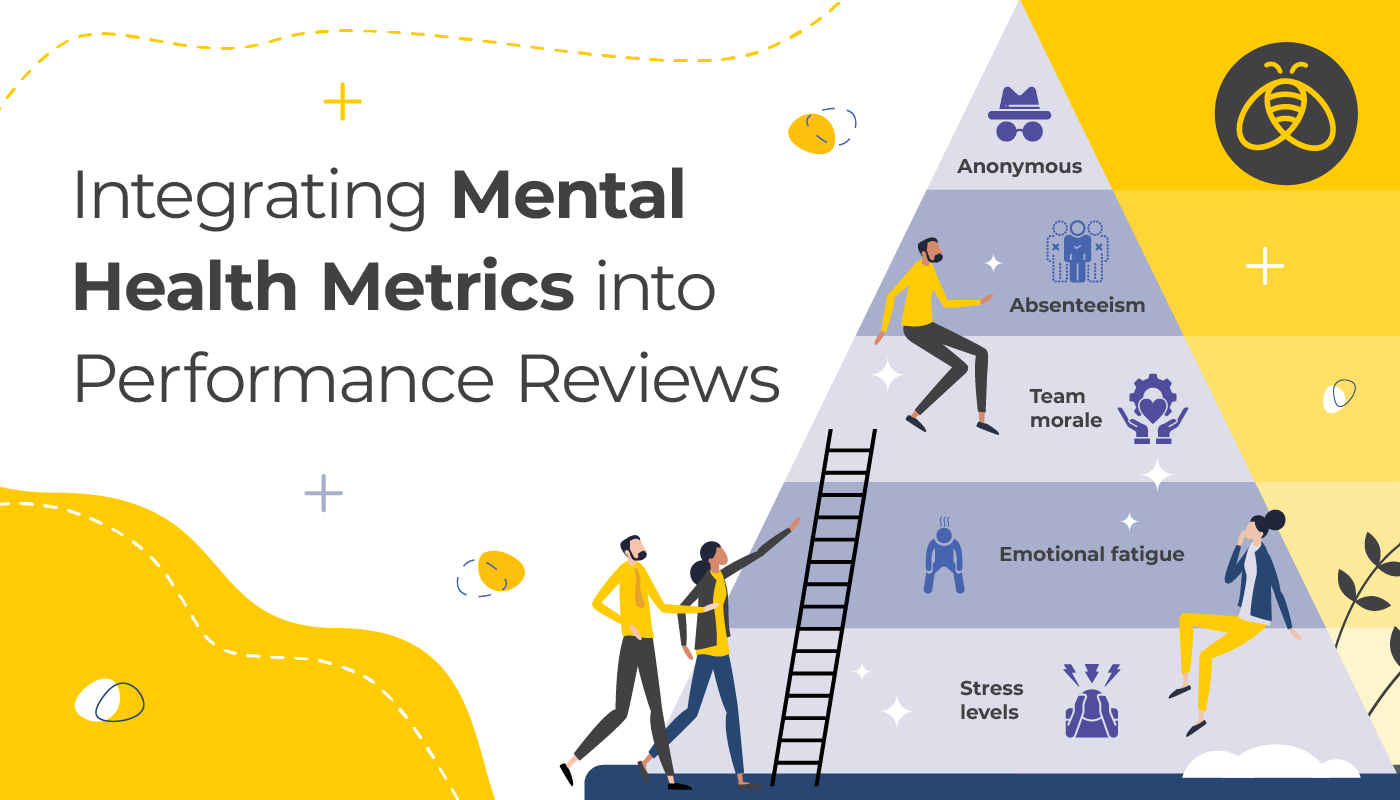Only 8% of Canadian employers say that they’re fully prepared to reopen their workplaces when provincial governments lift COVID-19 restrictions. If your workplace isn’t among them, it may be time to begin thinking about your eventual return to work plan.
How will you handle employees who are uncomfortable returning to work?
Even after workplaces reopen, it’s understandable that some employees might be apprehensive about returning to their normal workplace.
Employees Have a Right to Refuse Unsafe Work
There’s a chance that employees may panic when you open your workplace. They may fear contracting coronavirus from their reopened workplace, so they refuse to come in. Employees can refuse to return to an unsafe workplace provided this refusal is based on a reasonable assessment of risk. Some examples of a reasonable refusal to work could include:
- a situation where a co-worker or direct family member has tested positive for COVID-19;
- a situation where a co-worker has confirmed to have been exposed to someone with COVID-19; or
- a workplace is demonstrably not taking appropriate precautions.
What if the Employer doesn’t deem the work ‘unsafe’?
The employer has to follow up on the employee’s refusal to return to work. If there is no basis for the refusal, such as no cases or exposure to COVID-19 patients and the workplace has been cleaned and disinfected, then there is no reasonable reason for the refusal to work. If there is no reasonable reason for the refusal to work, an employer can require that the employee return to work. However, an employer should try and work with the employee to bring them back to work, possibly through some form of accommodation via a work from home or other solution worked out between the two parties.
What Can Employers Do to Help Employees?
Offer Workplace Accommodations
Workplace accommodations, such as a continued work from home option, can help to ease employees’ anxiety about returning to work without resorting to dismissal. If employees are unable to return to work because of child care responsibilities, employers have a duty to accommodate them and offer a solution, such as working from home, for a temporary amount of time.
Offer Unpaid Leave
Managing employees’ anxieties and fears will be a large part of any return to work. You may want to consider offering employees the choice of unpaid leave if they are anxious about returning.
Make Employee Safety and Wellbeing a Clear Priority
Reassure employees that you have their health, safety, and wellbeing in mind as part of their return to work. Take the appropriate steps and precautions and maintain a constant flow of information as new developments come to light. This can go a long way to assuaging some of the fears employees have about returning to work.
Should employees all return to work at the same time?
The answer here will depend on your individual circumstances and may vary based on industry. If possible, a phased approach to a return to work will be safer and easier to manage.
Bringing employees back to work in phases achieves a few important aims:
- Reduces the burden on the employer in managing and performing routine cleaning
- Mitigates the risk of spreading the COVID-19 virus within an organization
- Allow employees to volunteer to return to the workplace if they wish
How will you ensure employees’ safety and minimize risks?
This will require some creative problem solving and some reconfiguration about how work is done. It will vary based on your workplace and your industry.
Here are a few ideas to keep in mind:
- Reduce the need for face-to-face contact through continued work from home options and virtual meetings with employees and clients.
- If possible, install partitions between desks and move them to be the recommended physical distance of six feet apart.
- Increase the frequency of cleaning and pay particular attention to commonly used spaces (break room, water cooler, coffee machine).
- Post signage on preventative measures and recommended guidelines, make additional information available for all employees.
- Increase ventilation in the office.
- If possible, recommend employees wear masks and gloves.
- Encourage and enforce physical distancing of employees while in the office. Limit visits from guests, clients, and customers where possible.
Should you continue to meet with clients and customers face-to-face?
This will depend on the nature of your business. If you can make do by substituting in-person meetings with virtual meetings, it’s a good idea to do so.
If your business relies on meeting customers face-to-face, there are certain steps you can take to minimize risks:
- Limit the number of customers and clients at one time.
- Place hand sanitizing stations at entrances and exits.
- Increase the frequency of cleaning often-touched surfaces (tabletops, desks, light switches, doorknobs).
- Encourage the use of masks and gloves amongst customers, clients, and employees.
- As much as possible, maintain a physical distance of six feet between people.
Should you make changes to your sick leave policy?
Depending on how comprehensive your current sick leave policy is, you may not need to make any changes. However, you may want to consider evaluating your sick leave policy to confirm it will provide enough coverage in the event an employee has to undergo mandatory quarantine or is diagnosed with COVID-19. Here are a few things to think about:
- If your current sick leave policy covers a full work week of five days, what happens if an employee undergoes mandatory quarantine? Do you have work from home solutions?
- What happens if they become diagnosed with COVID-19 and need to self-isolate and focus on recovery? Do you want your sick leave policy to cover them during this time?
- If an employee is ill and out of sick time, they may feel obligated to come into work. How will you handle scenarios like these?
Having a plan for those “what if” scenarios is key to proper return to work. For more information on those “what if” scenarios, keep reading!
Should you add telehealth services to your benefits package?
More than 9 in 10 Canadians are satisfied with the level of care they received from a virtual healthcare visit, according to a new survey by the Canadian Medical Association (CMA).
Another survey by Green Shield Canada (GSC) indicates that 78% of plan members surveyed said that virtual healthcare should be part of their benefits moving forward.
If you want to provide sought-after coverage, you may want to consider adding telehealth services to your benefits package. Check with your current providers — it may be that they already have some telehealth options available!
Do you have a response plan if someone tests positive for COVID-19?
In the event of an employee tests positive for COVID-19, a timely and appropriate response will be key to keeping your employees safe. Here are a few things to think about:
What if an Employee Shows Symptoms?
If an employee is sick, the safest and best thing to do is for them to remain at home. If you are able to provide a work from home option, employees may safely work from home.
To coincide with this, consider taking a look at your sick leave policy to ensure this will be possible. If employees are out of sick days and feeling unwell, they may feel obligated to come into work. This could potentially put the entire workplace at risk. What can you do to ensure everyone stays healthy and well?
What if an Employee Tests Positive for COVID-19?
If an employee tests positive for COVID-19, you’ll need to jump into action quickly. A timely and appropriate response is important to mitigate any potential spread of the virus.
The employee should not be permitted to return to the workplace until they are free of the COVID-19 virus, a minimum of 14 days, and showing no signs for 24 hours after that.
The current advice from health authorities is that all employees who worked closely with the infected employee should also be removed from the workplace for at least 14 days to ensure the infection does not spread in the workplace.
What constitutes “closely” will depend on the workplace and the nature of interactions between employees. Employers should err on the side of caution.
Employers should also take reasonable measures to protect, to the extent possible, the identity and confidentiality of any employee who contracts COVID-19.
What if an Employee’s Family Member Tests Positive?
If an employee has been at risk of exposure from any source, the recommendation is to self-isolate for 14 days and to get tested. Coworkers who may have come into close contact with the employee should also leave the workplace for at least 14 days.
What if my Area is Hit with a “Second Wave”?
If COVID-19 cases spike in your area, you should consider taking similar actions to your first response, whether that be a temporary closure of the workplace or work from home solution.
How will you handle employees who do not physically or socially distance themselves at work?
The recommendations for physical and social distancing should fall under your existing Health and Safety and Discipline policies. COVID-19, while very serious, is much like any other workplace hazard, and so should be treated as any other health and safety concern.
If you do not have a workplace Health and Safety policy in place, now is the time to implement one for this crisis and all health and safety hazards going forward.



